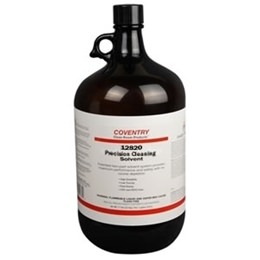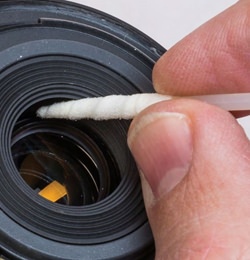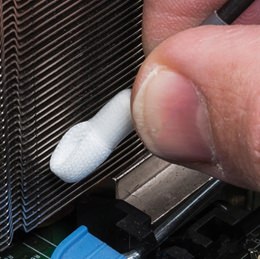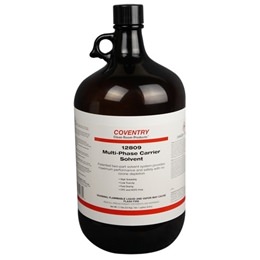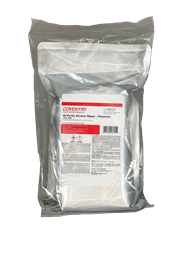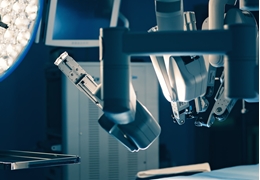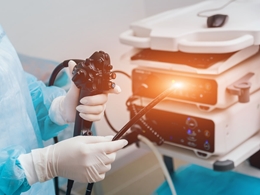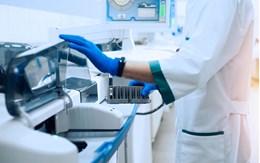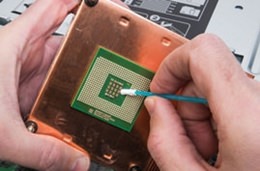Medical & Biotech
Cleaners & Swabs for Medical Device Assembly & Maintenance
Coventry, a brand of Chemtronics, is known globally for solving the most critical precision cleaning challenges. Coventry has a wide variety of cleanroom swabs and wipes to meet your most demanding applications. The wrapped swab, uniquely designed with no seams or edges, prevents scratching of delicate surfaces. Also included in the product line are sealed fabric, sealed foam, and static control. You’re sure to find a swab from Coventry that meets your particular need.
Coventry solvent cleaners, swelling agents, and carrier fluids are formulated and manufactured to an exacting specification to provide unparalleled performance. We have off-the-shelf products and can even engineer customized solutions to meet your specific needs.
- Low toxicity for a worker and patient safety
- HAPS-free, zero VOC, zero ozone depleting and low global warming for little or no environmental impact
- Versatile for operational simplicity and efficiency
- Fast dry and highly effective
- Compatible with all substrates – plastics, metals, and elastomers
- Consistent for reliability and quality
Handle Attributes
Head Attributes
Head Material
Soil Type / Application
Solvent Compatibility
Flammability
Environmental & Safety
Cleaning Method
